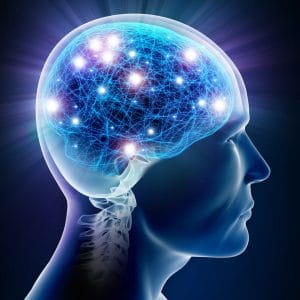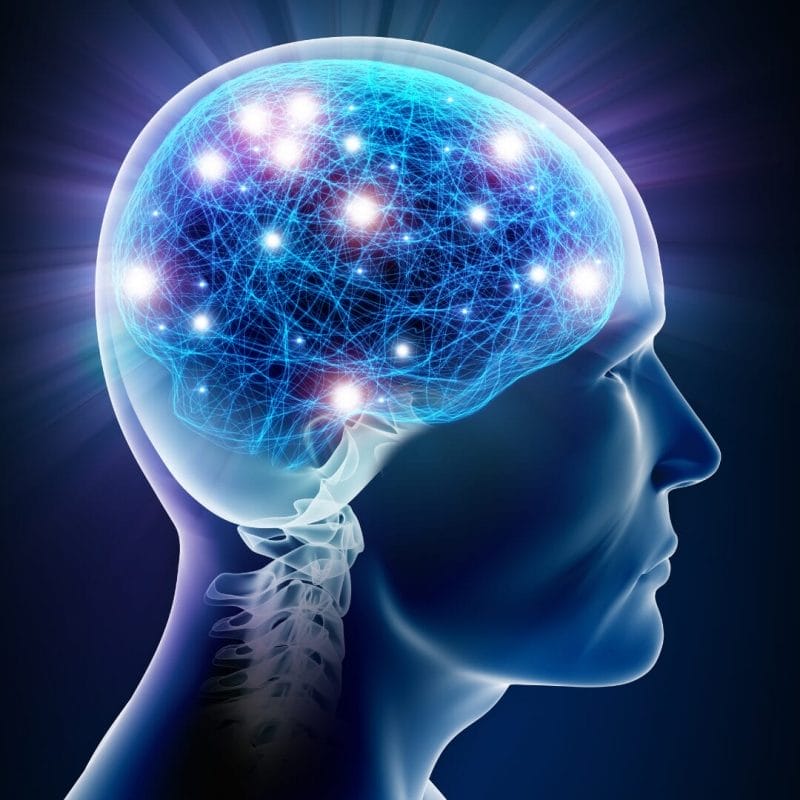Aging gracefully isn’t just about looking good—it’s about preserving the strength and vitality of our minds and bodies. As we journey through the decades, our approach to fitness can have profound implications not just on our physical health, but on our cognitive longevity as well.
Increased Physical Activity Associated with Cognitive Function
According to a recent study from the MIT Technology Review, “[it’s] shown that even in people with existing brain disease or damage, increased physical activity and motor skills are associated with better cognitive function. People with sarcopenia, or age-related muscle atrophy, are more likely to suffer cognitive decline. Mounting evidence shows that the loss of skeletal muscle mass and function leaves the brain more vulnerable to dysfunction and disease; as a counter to that, exercise improves memory, processing speed, and executive function, especially in older adults.”
The Link Between Muscle Mass and Aging
As we age, our bodies naturally begin to lose muscle mass, a condition known as sarcopenia. This process can start as early as our 30s and accelerates if we don’t take proactive steps to counteract it. Resistance training, or strength training, is not just about building muscle to look and feel strong; it’s a vital practice for preventing the rapid decline of muscle mass, which is crucial for our overall health and mobility.
Increased Physical Activity: A Key to Enhanced Cognitive Function
Emerging research suggests a fascinating link between muscle mass and cognitive function. Studies have indicated that sarcopenia is not only associated with physical disabilities but also with an increased risk of cognitive impairment and diseases like dementia. This connection highlights the importance of a holistic approach to aging, where physical and cognitive health are interdependent.
How Resistance Training Helps
Engaging in regular resistance training exercises can be a powerful tool in preserving muscle mass and, by extension, supporting brain health. Exercises such as weight lifting, using resistance bands, or practicing body-weight exercises like push-ups and squats, can all contribute to a robust resistance training routine.
Implementing a Sustainable Resistance Training Routine
Starting a resistance training routine doesn’t require immediate, heavy lifting. The key is consistency and gradually increasing intensity. Here are a few tips for getting started:
-
- Begin with no weights or a lighter option and increase the load as you become more comfortable.
-
- Focus on form to prevent injury.
-
- Incorporate a variety of exercises to engage different muscle groups.
-
- Consider working with a fitness professional to tailor a routine to your needs and abilities.
The Role of Diet in Muscle Maintenance
Alongside physical exercise, a balanced diet rich in protein and essential nutrients supports muscle repair and growth. Foods such as lean meats, eggs, beans, and legumes are crucial for supplying the protein that acts as the building blocks of muscle. Given that our muscles are fundamentally made of protein, this underscores the vital role a protein-rich diet plays in both sustaining and enhancing muscle strength.
Our Bodies and Minds Connected
While we may not have the power to stop the clock, we do have the ability to influence how we age. Incorporating resistance training into our weekly routines is a small change that can lead to significant benefits for both our physical and cognitive health. As we continue to explore the connections between muscle mass and brain function, one thing is clear: taking care of our bodies is intrinsically linked to taking care of our minds. Let’s make the commitment to strength, for today and all our tomorrows.
Ready to embrace a healthier future?
Click the link: yofitusa.com/free-intro/ to book a free intro and together we’ll build a personalized resistance training plan that caters to your unique needs. It’s time to take the journey together towards optimal physical and cognitive health.



